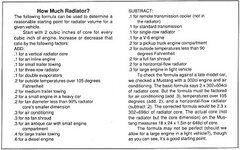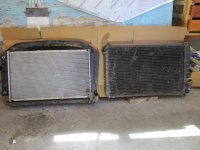Kacyc3
Active member
- Joined
- Dec 15, 2015
- Messages
- 28
I kno wyou are looking for ways to reduce the weight of your car but have you done anything with the gas tank? I know with my 79 the tank sits on top of the frame and believe this is the same for your car also. Lowering the tank to be flush with the top of the frame would help your center of gravity and allow you to carry more speed through the turns.
Yeah, I've been trying to figure out my options with the fuel tank. I'm running stock location rear mufflers, so that gums up the works when trying to lower the fuel tank. So far the only decent option I've figured out is to fabricate a custom tank of about 8-10 gallon capacity versus the stock tank capacity (16-18 gallon range IIRC). The next thing I haven't figured out yet is if it would be better to make the smaller tank full height but narrow, and place it over to the right side to help get weight off the left side, or make the tank full width but shorter height to drop the c/g of the tank downward.
That's where I'm at currently. I appreciate your input here. :thumbs:
OBTW, anyone here know the weight of the early C3 fuel tanks?
Like this, would that leave you enough room for your exhaust? May have to wrap them to keep them from warming the tank.
http://www.vettemod.com/forum/showpost.php?p=132036&postcount=615



